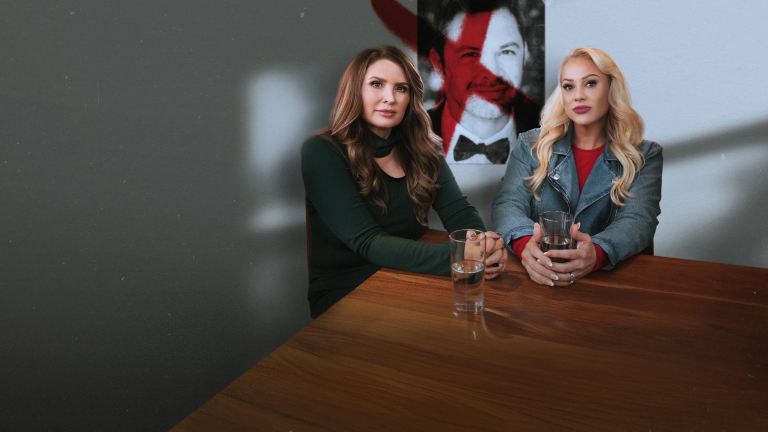
Is It Codependency Or Trauma Bonding? How To Tell The Difference
While trauma bonds can contain elements of codependency, not all people who are trauma bonded are codependents. There are important differences between trauma bonds and codependency.
People who are codependent have a pattern of forming relationships with others that tend to be nonreciprocal, one-sided or dysfunctional in some way. Although the term codependency was originally used to describe those who are in any kind of familial or romantic relationship with someone who has an addiction to drugs or alcohol, the term has since expanded to describe a wider range of relationships.
For example, a dysfunctional and codependent relationship can also include a partnership with someone who suffers from a untreated mental health condition or is addicted to things apart from substances such as gambling, overworking or sex. The codependent individual focuses their time and energy on “saving” the addicted partner and sacrifices their own needs to cater to them. These caretaking behaviors can become compulsive and time-consuming as codependent individuals feel overly responsible for their partners or family members and can derive a sense of fulfillment from feeling needed and important. However, they usually struggle with low self-esteem, a fear of abandonment, and depend heavily on relationships for their sense of self. They extend a great deal of empathy to others and very little compassion for themselves. While their addicted partner or family member may be addicted to substances or self-sabotaging and reckless activities, the codependent is addicted to relationships.
What is a Trauma Bond? How Is It Different from Codependency?
A trauma bond is an inextricable bond that a victim of abuse develops to their abuser out of a need for survival. This bond is cemented through the threat of danger and intermittent reinforcement of hot and cold behaviors from the abuser. Abusers with narcissistic and psychopathic traits tend to create especially powerful trauma bonds with their victims because of their callous-unemotional traits, strategic manipulation, cycles of love bombing and devaluation, and deliberate exploitation of others.
While trauma bonds can certainly contain aspects of codependency, people who suffer from a trauma bond are not necessarily codependent nor do they necessarily have a history of being codependent. Anyone, regardless of whether they have a pattern of codependency or not, can develop a trauma bond in an abusive relationship and they do not need to have a history of getting into one-sided relationships or caretaking people with addictions to do so. Some people who become trauma bonded to their abusers may actually have a history of healthy relationships, a healthy upbringing and stable self-esteem. They may be highly independent, self-sufficient, and self-assured. However, their abusers (especially if they are narcissistic or psychopathic) have insidiously eroded their boundaries, their perception of reality and sense of self over time through methods of coercive control and tactics like verbal abuse, gaslighting, projection, isolation, threats, rage attacks, stonewalling, and jealousy induction.
If you are both trauma bonded and codependent, then it’s likely you have experienced a pattern of seeking relationships where you habitually become the caretaker of your partner’s emotions and problems. You may have a history of getting involved with toxic and self-absorbed individuals, abusers, or with people who suffer from addictions. You derive your sense of self-worth from giving to those who cannot emotionally fulfill you and may revolve your identity around saving people who don’t wish to be saved. As a result, on the healing journey, not only will you need to break the trauma bond with your abuser, you will have to evaluate and heal from your relationship patterns and history.
Similarities Between Codependency and Trauma Bonding
There are similarities between codependent and “just” trauma bonded individuals. Both invest in a toxic relationship even when it continues to harm them. Both can be empathic to a fault to those who traumatize and mistreat them and suffer detrimental consequences to their mental and physical health as a result. Both can engage in a form of emotional caretaking of their partners or loved ones. For the codependent, this emotional caretaking is a way of life and this pattern likely originated in childhood, where a child was forced to take care of their parents due to an addiction or an untreated mental health condition. For the individual who is trauma-bonded to a specific abuser but doesn’t have a history of codependency, this emotional caretaking is a result of walking on eggshells and being conditioned by their abuser to comply to their demands, lest they face punishment.
Both trauma bonded and codependent individuals can suffer from lowered self-esteem. However, the codependent individual likely has had a long-term fear of abandonment and low self-esteem most of their lives. The codependent individual bolsters their fragile self-esteem by overextending themselves for people who cannot reciprocate. The trauma bonded individual finds that even if they did have high self-esteem, it is slowly but surely worn down by the aggressive tactics of their abusers.
The Big Picture: Whether you’re trauma bonded in an abusive relationship or have a history of codependency, it is important that you consult a trauma-informed mental health professional who can guide you in healing these patterns and in safely exiting unsafe relationships. You don’t have to live your life dependent on the person who perpetually harms you or continue seeking comfort from your perpetrators. It is time to stop saving others – and start saving yourself.











